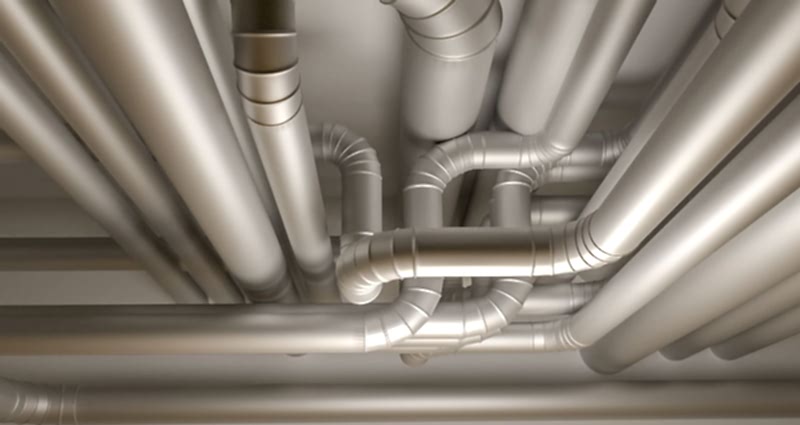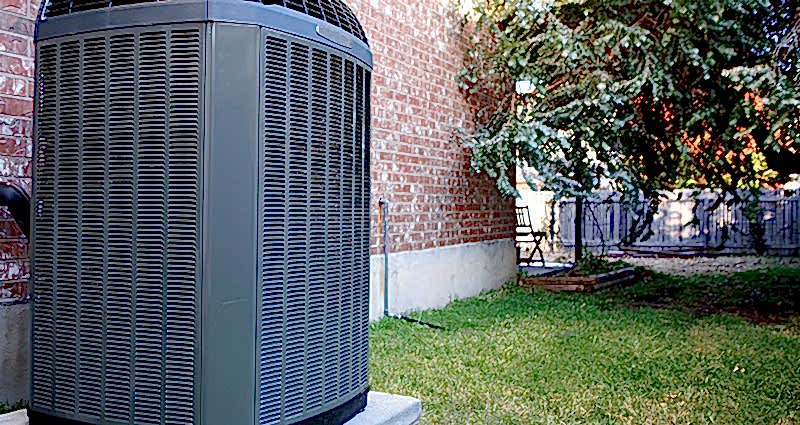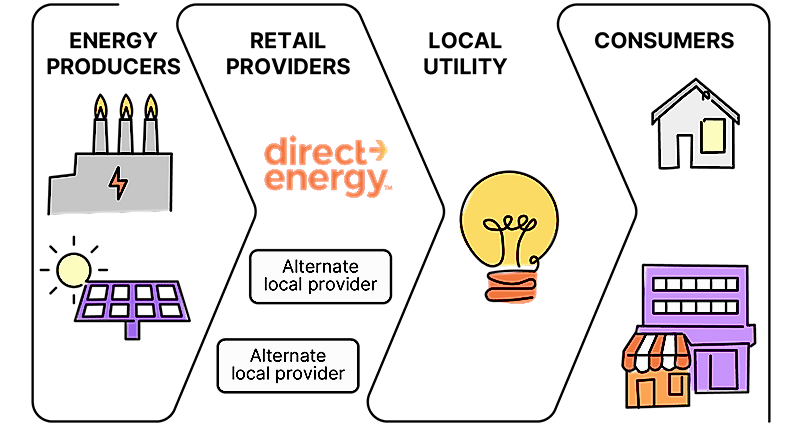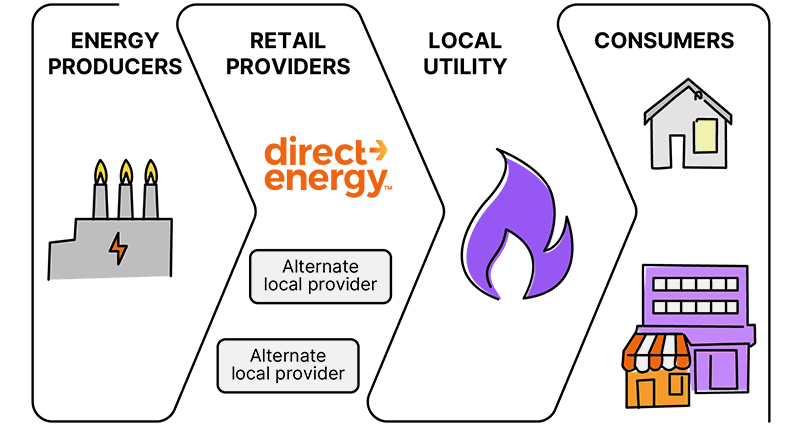Falling prices of energy-saving light bulbs
When LED bulbs first broke onto the market, they weren’t a practical solution for many would-be energy savers. With prices typically exceeding $30 per bulb, upgrading even a few rooms’ worth of bulbs could be prohibitively expensive -- and it would have taken years for the bulbs to pay for themselves in energy savings.
But starting in the late 2000s, those prices began to drop, and continued dropping at an accelerating pace. Today, almost all basic LED bulbs sell for less than $5, putting a whole-home upgrade within the budget of many homeowners.
Understanding LED light bulbs vs. CFLs
As previously mentioned, incandescent bulbs were initially supplanted by CFLs, but the arrival of affordable LEDs didn’t let the poor CFLs enjoy their day in the sun for long. Not only do LED lights draw fewer watts of electricity, but they also outperform CFLs in a variety of other ways.
Why use LED lights instead of CFLs? Here are 6 simple reasons:
- LED lights last longer. It’s common for LEDs to be rated for 50,000 hours of use, about five times longer than the average CFL bulb, and about 50 times longer than incandescent bulbs. Some LED lights are even rated as high as 100,000 hours.
- LED lights are safer. CFL bulbs contain trace amounts of mercury, which means they must be handled and disposed of carefully. If a CFL bulb breaks, it’s recommended that you ventilate and vacate the area for several minutes.
- LED bulbs light up instantly. CFL bulbs take a few seconds to warm up and appear dimmer during this time.
- LED lights often provide more pleasant lighting. Early versions of CFL bulbs were criticized for emitting harsh light. While the industry made improvements to soften this effect, LED bulbs have always come in a range of colors and levels of softness.
- LED lights are more versatile. The curly design of CFL bulbs makes them just as bulky as incandescent bulbs, which limits their range of applications. But light emitting diodes are comparatively small, which allows for applications like slim strips of lightweight lights that you can use for under-cabinet kitchen lighting.
- LED bulbs give off virtually no heat. Incandescent bulbs give off about 90% of their energy as heat, and CFL bulbs don’t fare much better. This can produce unwanted heat inside your home during warm weather. LED bulbs remain cool to the touch.
A different way of buying energy-saving light bulbs
When incandescent bulbs were the only game in town, we bought our bulbs based on wattage. The higher the wattage, the brighter the bulb. But LED bulbs have such low wattages that it’s impractical to choose bulbs based on this metric. Instead, the brightness of LED lights are measured in lumens, a unit of measurement for light.
When shopping for LED bulbs, you’ll see the lumen count right on the packaging or in the online listing. But if you still think of bulb brightness in terms of wattages, those numbers might not mean much to you at first.
A 100-watt bulb is roughly equivalent to 1,600 lumens, a 75-watt bulb is about 1,100 lumens, a 60-watt bulb is about 800 lumens, and a 40-watt bulb is about 450 lumens. These equivalents aren’t exact, so if you prefer a light on the dimmer or brighter side of your incandescent benchmarks, choose an LED bulb with a lumen count that is slightly lower or higher.
Don’t put it off
Now that retail prices are so affordable, the benefits of energy-saving LED light bulbs allow these upgrades to pay for themselves in just a few months. And because LED bulbs last for so long, the savings will continue to pay off for years. If you’re still using incandescent bulbs or even CFLs, it’s time to think about more modern lighting.




































